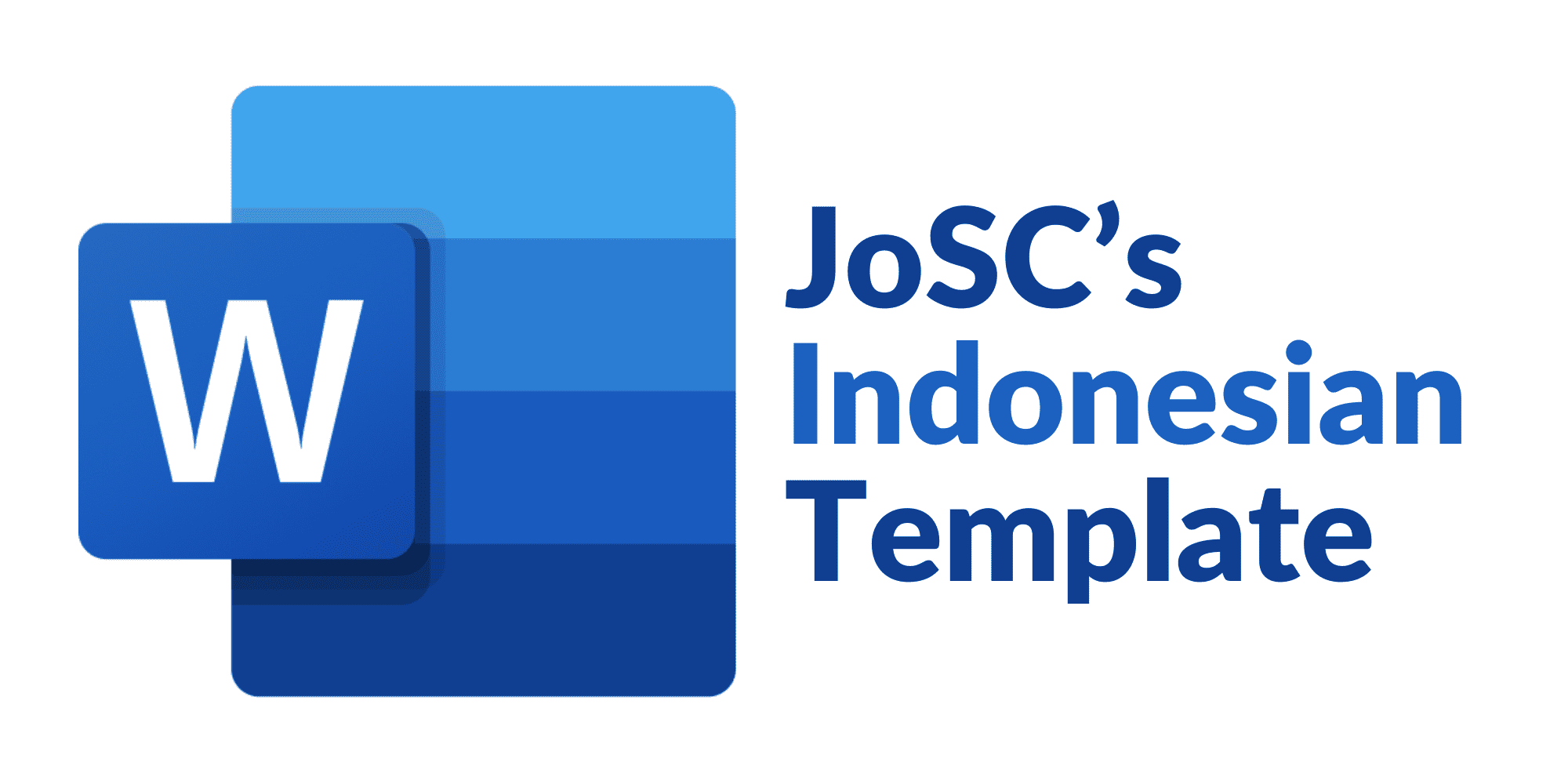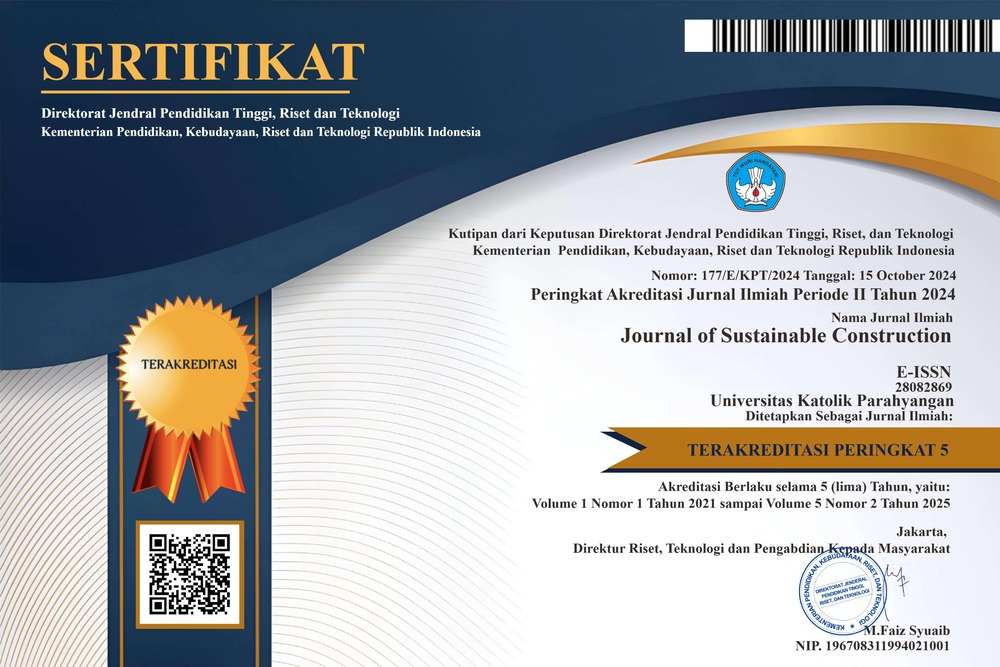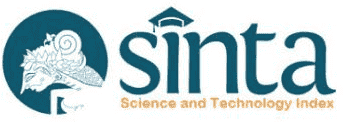Author Guidelines
Click here to download our article template and author identity.
TITLE
The title should be no longer than 15 words.
ABSTRACT
The abstract is a concise statement of the reseach's roblem, objectives, methods, results, and conclusions. It should not exceed 200 words and should not contain any statements requiring citation.
Keywords: Choose 3-5 relevant keywords or phrases, arranged alphabetically, that are not too general and not necessarily included in the title.
INTRODUCTION
This section provides a brief overview of the research, including the hypothesis (if any) and research objectives. The introduction should be clear and answer the following questions:
- Why is this topic important?
- How does this research relate to previous work?
- What are the primary and secondary hypotheses and research objectives?
- How are hypotheses and research design related?
- What are the theoretical and practical implications of the research's results?
LITERATURE REVIEW
The author must adhere to the guidelines and avoid writing overly general sentences that offer definitions of concepts such as "construction" and "buildings." Instead, the author can tailor the title of the literature review subchapter to the specific topic being examined or choose to increase the number of chapters related to literature reviews if needed.
The author must provide a state-of-the-art or brief literature overview or previous relevant research. It is recommended to reference articles published in reputable journals within the last 15 years to bolster the novelty and significance of the research. Furthermore, it is essential to identify gaps in the research compared to previous studies. Specifically, the author should articulate what distinguishes the research from similar studies.
RESEARCH METHODOLOGY
The author must present the research methodology in textual format, not in the form of a flowchart only. They must explain various aspects, such as the type of research (e.g., qualitative, quantitative or a combination of both), and the methods used for data collection, processing and analysis as part of their approach to presenting the research results. Additionally, the section should include a discussion of the research findings to enrich the research conclusions.
RESULTS AND DISCUSSION
The author must present the research findings, scientific studies related to those findings, the relationship to existing concepts and theories, and other scientific aspects specific to the field of research. Additionally, the author is encouraged to compare the research results to previous studies, especially those listed in the literature review or hypothesis. The discussions should rely on clear and factual data or information. If the discussion pertains to a specific theory, it should be directly quoted with the reference source cited. Any direct quotations should be enclosed within quotation marks. The data processing results should be presented in an easy-to-understand format, such as tables, images, or graphs. The author is discouraged from elaborating on the calculation process; instead, they can provide the equations used in the method and present the results in a table or graph.
It is recommended that the author include a comparison with other research results to strengthen or clarify the conclusions. This comparison can either corroborate or contradict the research results, and it is necessary to explain why. Moreover, including research results with theoretical and practical implications is advisable. Finally, it is important to acknowledge limitations or weaknesses in the research.
CONCLUSION
The conclusion should only address the research objective or hypothesis supported by adequate research findings. The author can introduce new theories derived from the research, followed by theoretical and practical implications or suggestions. It is worth noting that conclusions and suggestions must be included in one section, not two subchapters.
REFERENCES
The font used for references is Arial Nova 11 pt. The main idea sentences that refer to the reference should be marked with the reference list number sequence based on the order of writing. The reference list should be written based on the serial number, not alphabetically. When writing citations and reference lists in this journal, the author is recommended to use the Mendeley reference manager and the IEEE style format.
Manuscript Submission Guidelines
- Log in to your OJS account on the JoSC page as an author.
- If you do not have an account yet, register by clicking on the 'Register' option.
- Click on the 'Login' button on the JoSC page.
- Make a submission:
- Select the 'Submission' menu and click the 'New Submission' button.
- Ensure you have written your manuscript using the provided template (download here).
- Check each box in the 'Submission Requirements' to ensure you meet the stated requirements.
- You can also fill in the 'Comments for the Editor' column if necessary.
- Click the 'Save and Continue' button.
- Upload Manuscript:
- In the 'Article Component' column, select 'Article Text' and click the 'Upload File' button to upload your manuscript file.
- Click the 'Continue' button.
- In the 'Review Data' section, you can change the file name if necessary.
- Click the 'Continue' button. You can upload other files as needed.
- When finished, click the 'Complete' button.
- Complete Manuscript Metadata:
- Fill in the data in the provided columns, especially those marked with (*).
- If there is more than one contributing author, add the other author's data in the 'Add Contributors' column. This step must be fulfilled. Also, fill in the name of the institution and link to ORCID ID (if any).
- Fill in the 'Additional Refinements Keyword' column by inputting keywords individually, then pressing the 'Enter' key for each keyword (do not copy and paste directly from the text in the document).
- Click the 'Save and Continue'
- Confirm:
- Make sure that all the requirements for your manuscript have been met.
- If you have finished the submission process, click the 'Finish Submission' button, then click the 'OK' button.
- Your manuscript has been uploaded. Manuscripts that have been uploaded cannot be edited or withdrawn.
- You can view the editorial process of your article submission via the 'Submission' column of your dashboard. Any developments in the editorial process will be informed via email.














